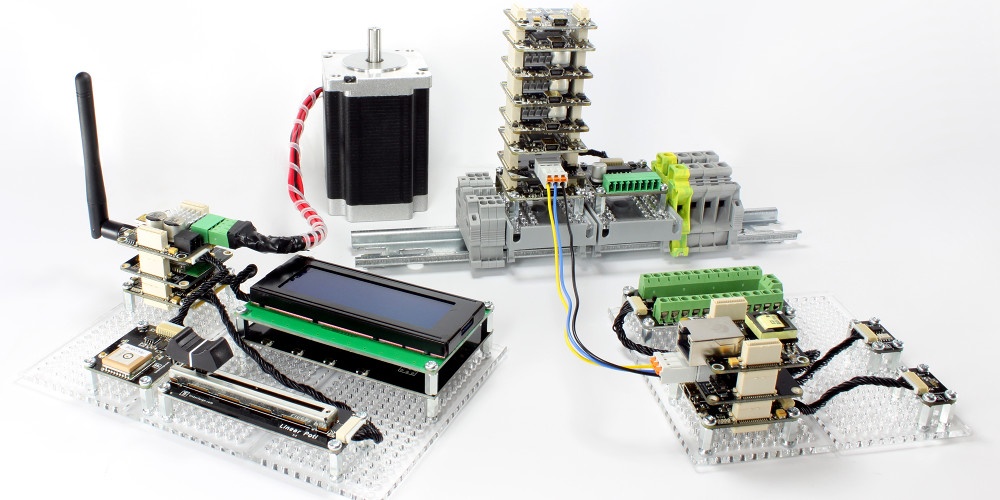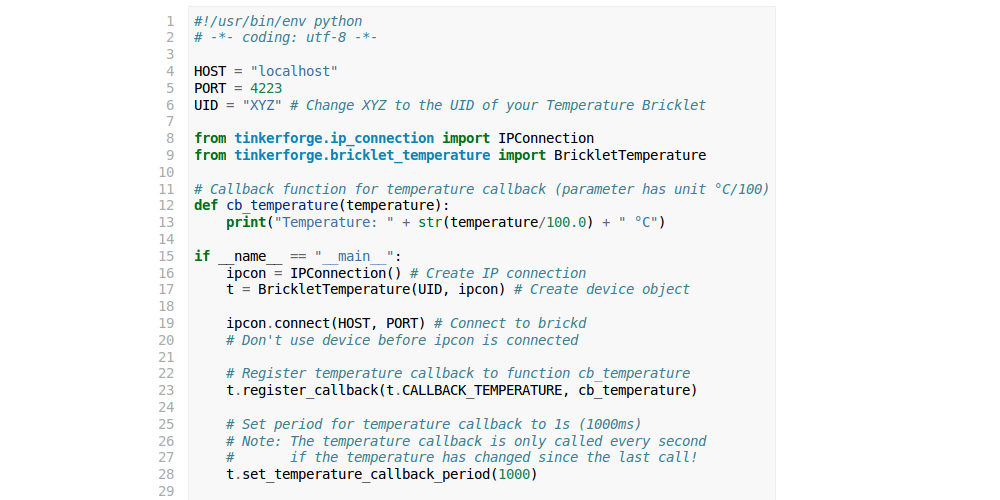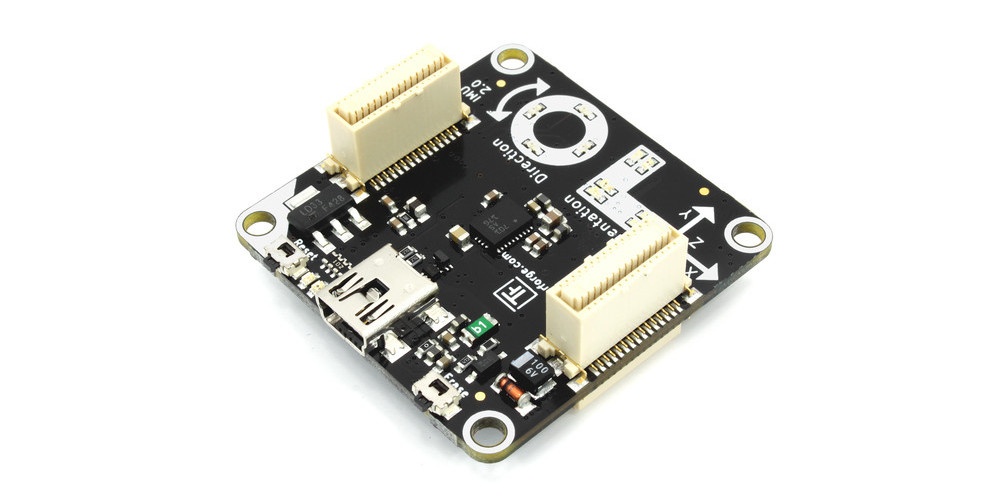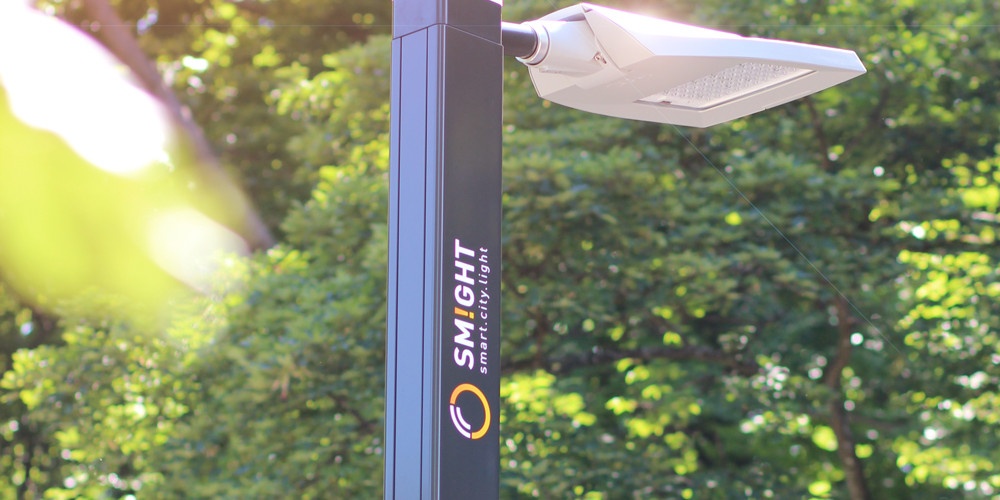What is Tinkerforge?
Tinkerforge is a system of building blocks for professional makers.
Flexible and affordable

Building blocks with a broad range of applications
With Tinkerforge modules you can realize your projects rapidly. Just choose the needed sensors, motor controllers or interface blocks and stick them together. Integrating the blocks into your software with help of the easy to use API is a breeze.
No knowledge in electronics necessary
You don't need any special knowledge of electronics. There is definitely no soldering necessary!
Easy to use



Control over Tablet, Smart Phone or (Embedded-) PC
The Tinkerforge modules can be controlled directly through USB from a PC or Raspberry Pi. The controlling software runs directly on the external PC. Instead of USB it is also possible to control over WIFI and Ethernet.
Standalone
With help of the RED Brick it is possible to use the system without any external PC. You can upload you program directly to the RED Brick. HDMI and USB interfaces are available for additional user interaction.
Building blocks for software developers

Tinkerforge supports all popular platforms
The programming languages C/C++, C#, Delphi/Lazarus, Java, JavaScript, LabVIEW, Mathematica, MATLAB/Octave, Perl, PHP, Python, Ruby, Shell, Visual Basic .NET are currently supported.
If your favorite programming langauge is not in this list, it is also possible to control the modules through TCP/IP.
Module identification
Each module has a unique ID. For the user it is not necessary to know anything about the electrical connections. The connections of a system can be changed at any time, no software changes necessary.
The building blocks
 Brick (IMU)
Brick (IMU)
 Bricklet (CO2)
Bricklet (CO2)
 Master Extension (Ethernet with PoE)
Master Extension (Ethernet with PoE)
 RED Brick
RED Brick
The Tinkerforge building blocks consist of three categories: Bricks, Bricklets and Master Extensions.
Bricks have a size of 4x4cm. Each Brick has one task, for example controlling of a motor. They are stackable and have a USB interface.
To Bricks you can connect so called Bricklets with a cable. Depending on the Bricklet you can add different sensors, displays, io interfaces or the like to the system.
With Master Extensions you can change the interface from USB to either Ethernet or WIFI.
Customer specific solutions

The Tinkerforge building blocks are mostly used for prototypes and small batch production. Tinkerforge additionally offers engineering services for the development of proprietary and application-optimized products that use the building blocks for prototyping.
One example of a successful projects that went from prototype to small batch up to a cost-optimized custom product is the Smart City Light (SM!GHT) project by EnBW.


